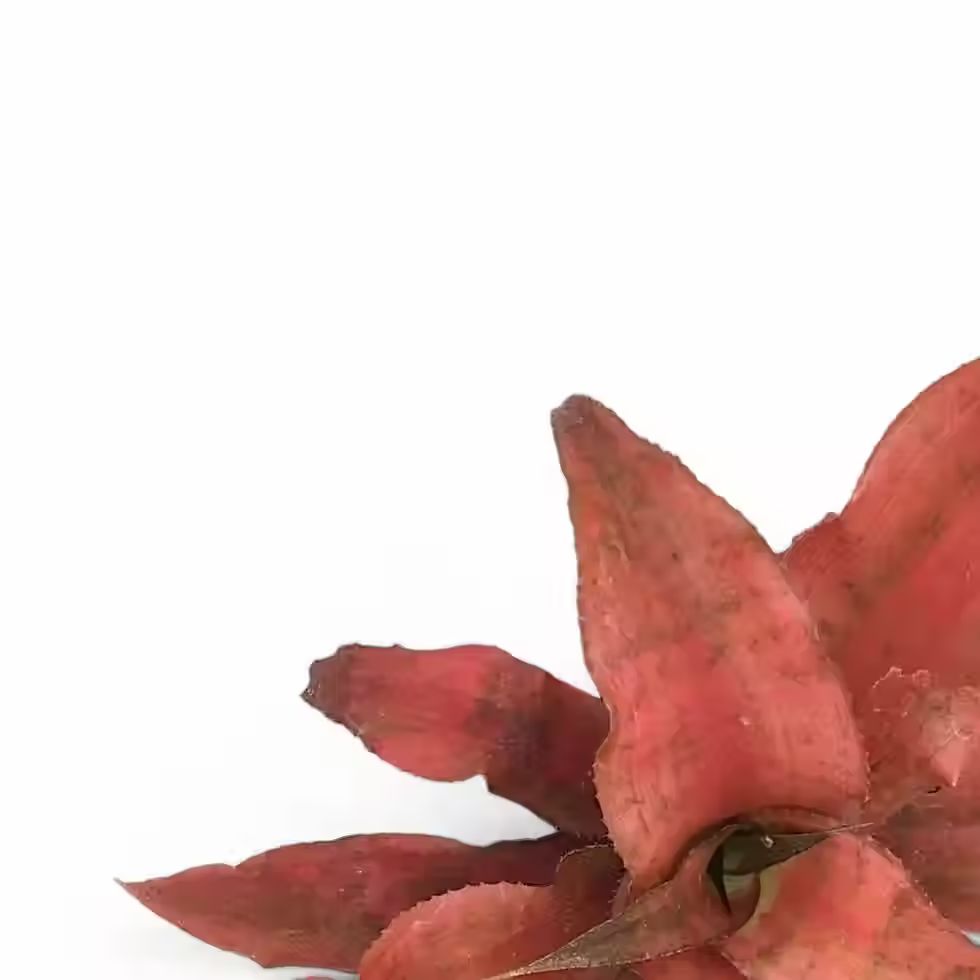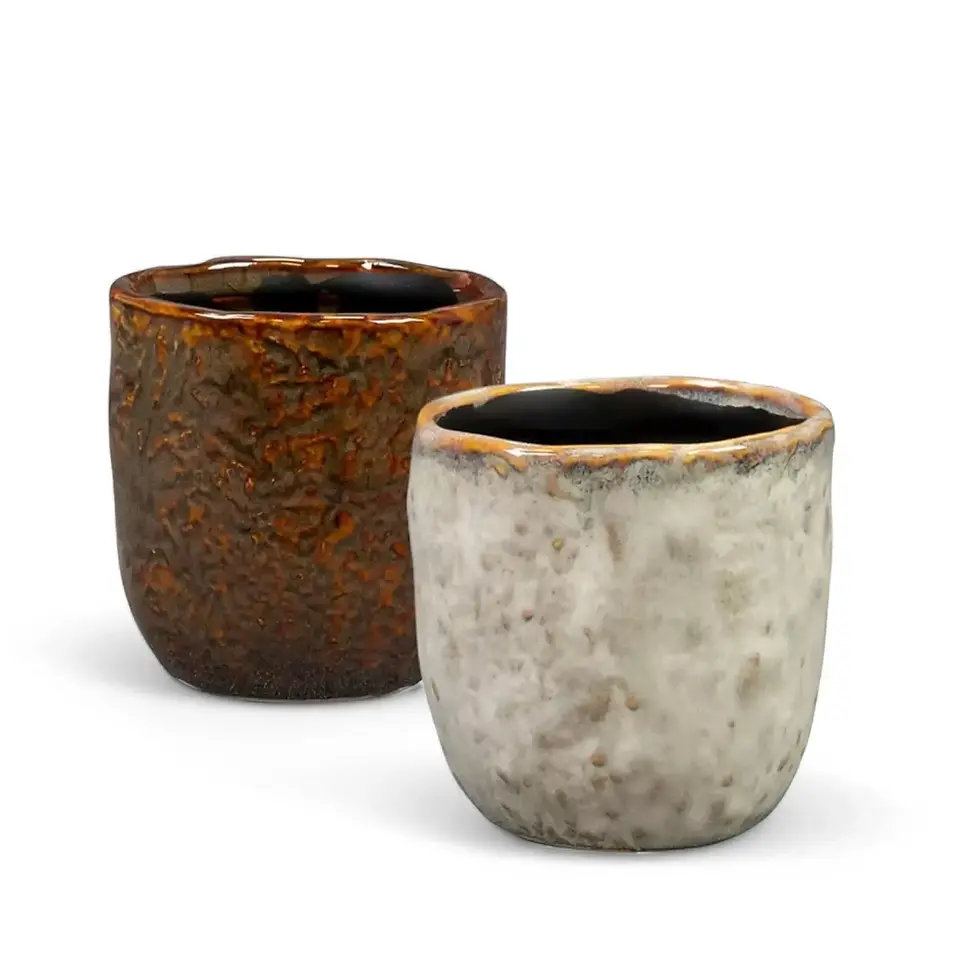Aglaonema commutatum – The Resilient and Stylish Chinese Evergreen
Aglaonema commutatum, commonly known as Chinese Evergreen, is a low-maintenance houseplant prized for its striking foliage and adaptability. Native to the tropical forests of the Philippines and Southeast Asia, this evergreen perennial is well-suited for indoor environments, offering lush greenery with minimal effort.
Why Choose Aglaonema commutatum?
- Decorative Foliage: Features thick, lance-shaped leaves with silvery-green patterns that add elegance to any space.
- Compact Growth Habit: Grows to approximately 30-80 cm in height, making it perfect for desktops, shelves, and corners.
- Adaptable and Low-Maintenance: Thrives in a variety of indoor conditions with minimal care.
Key Facts About Aglaonema commutatum
- Native Region: Found naturally in tropical forests across the Philippines, Indonesia, and other parts of Southeast Asia.
- Indoor Growth: Reaches a height of 30-80 cm with a spread of 40-50 cm.
- Growth Rate: Slow to moderate, producing new leaves throughout the year.
- Toxicity: Contains calcium oxalate crystals and is toxic if ingested by pets or humans.
How to Care for Aglaonema commutatum
- Lighting Needs: Prefers low to moderate indirect light. Can tolerate lower light levels but grows best with bright, filtered light.
- Watering Schedule: Allow the top layer of soil to dry before rewatering. Water sparingly in winter.
- Humidity Preferences: Thrives in moderate to high humidity but adapts well to average indoor conditions.
- Temperature Range: Grows best in temperatures between 18-26°C. Avoid exposure to cold drafts.
- Soil Composition: Requires a well-draining mix with peat, perlite, and compost for aeration.
- Repotting and Pot Selection: Repot every 2-3 years or when roots outgrow the container.
- Fertilization: Feed with a balanced liquid fertilizer every 4-6 weeks during the growing season.
- Propagation: Easily propagated via division or stem cuttings in moist soil.
- Pruning and Maintenance: Trim yellowing or damaged leaves to maintain a neat appearance.
Common Issues and How to Fix Them
- Yellowing Leaves: Often caused by overwatering. Allow soil to dry slightly before watering again.
- Browning Leaf Tips: Indicates low humidity—mist occasionally or place near a humidifier.
- Pest Prevention: Can attract spider mites or mealybugs. Inspect regularly and treat with neem oil if necessary.
Additional Growing Tips
To replicate its natural environment, ensure a warm and slightly humid setting with well-draining soil. Chinese Evergreen plants are known for their resilience, making them perfect for beginners and busy plant lovers alike.
Botanical Background
The genus Aglaonema belongs to the Araceae family and includes over 20 species of tropical plants. Aglaonema commutatum was first described in 1856 by Heinrich Wilhelm Schott and has since become a staple in indoor plant collections worldwide.
Frequently Asked Questions
- Does Aglaonema commutatum need direct sunlight? No, it prefers indirect light and can tolerate low-light conditions.
- How often should I water my Chinese Evergreen? Water when the top 2-3 cm of soil is dry, typically once a week.
- Can I grow this plant in a bathroom? Yes! Its love for humidity makes it an excellent choice for bathrooms or kitchens.
Order Aglaonema commutatum Today!
Looking for a stylish and hardy houseplant? Aglaonema commutatum is the perfect choice for any space. Order now and enjoy its lush, tropical foliage all year round!
Aglaonema commutatum
All our Aglaonema commutatum plantsis approximately 20 cm tall.

























































